Audi 2013 Annual Report Download - page 78
Download and view the complete annual report
Please find page 78 of the 2013 Audi annual report below. You can navigate through the pages in the report by either clicking on the pages listed below, or by using the keyword search tool below to find specific information within the annual report.-
 1
1 -
 2
2 -
 3
3 -
 4
4 -
 5
5 -
 6
6 -
 7
7 -
 8
8 -
 9
9 -
 10
10 -
 11
11 -
 12
12 -
 13
13 -
 14
14 -
 15
15 -
 16
16 -
 17
17 -
 18
18 -
 19
19 -
 20
20 -
 21
21 -
 22
22 -
 23
23 -
 24
24 -
 25
25 -
 26
26 -
 27
27 -
 28
28 -
 29
29 -
 30
30 -
 31
31 -
 32
32 -
 33
33 -
 34
34 -
 35
35 -
 36
36 -
 37
37 -
 38
38 -
 39
39 -
 40
40 -
 41
41 -
 42
42 -
 43
43 -
 44
44 -
 45
45 -
 46
46 -
 47
47 -
 48
48 -
 49
49 -
 50
50 -
 51
51 -
 52
52 -
 53
53 -
 54
54 -
 55
55 -
 56
56 -
 57
57 -
 58
58 -
 59
59 -
 60
60 -
 61
61 -
 62
62 -
 63
63 -
 64
64 -
 65
65 -
 66
66 -
 67
67 -
 68
68 -
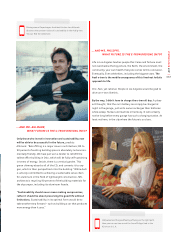 69
69 -
 70
70 -
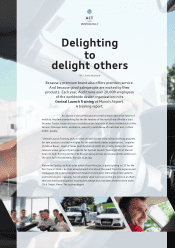 71
71 -
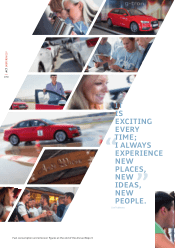 72
72 -
 73
73 -
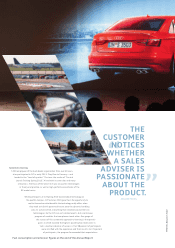 74
74 -
 75
75 -
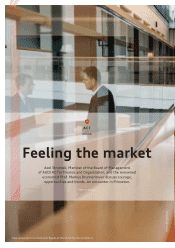 76
76 -
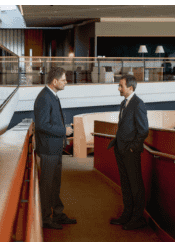 77
77 -
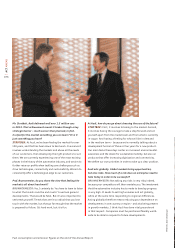 78
78 -
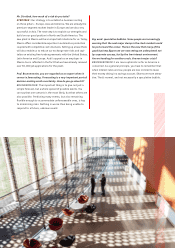 79
79 -
 80
80 -
 81
81 -
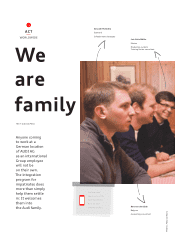 82
82 -
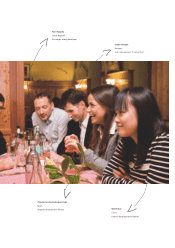 83
83 -
 84
84 -
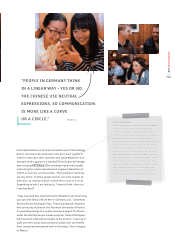 85
85 -
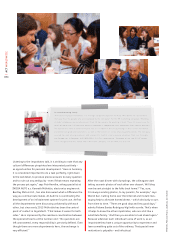 86
86 -
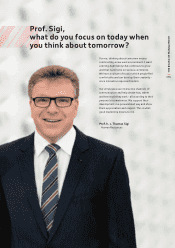 87
87 -
 88
88 -
 89
89 -
 90
90 -
 91
91 -
 92
92 -
 93
93 -
 94
94 -
 95
95 -
 96
96 -
 97
97 -
 98
98 -
 99
99 -
 100
100 -
 101
101 -
 102
102 -
 103
103 -
 104
104 -
 105
105 -
 106
106 -
 107
107 -
 108
108 -
 109
109 -
 110
110 -
 111
111 -
 112
112 -
 113
113 -
 114
114 -
 115
115 -
 116
116 -
 117
117 -
 118
118 -
 119
119 -
 120
120 -
 121
121 -
 122
122 -
 123
123 -
 124
124 -
 125
125 -
 126
126 -
 127
127 -
 128
128 -
 129
129 -
 130
130 -
 131
131 -
 132
132 -
 133
133 -
 134
134 -
 135
135 -
 136
136 -
 137
137 -
 138
138 -
 139
139 -
 140
140 -
 141
141 -
 142
142 -
 143
143 -
 144
144 -
 145
145 -
 146
146 -
 147
147 -
 148
148 -
 149
149 -
 150
150 -
 151
151 -
 152
152 -
 153
153 -
 154
154 -
 155
155 -
 156
156 -
 157
157 -
 158
158 -
 159
159 -
 160
160 -
 161
161 -
 162
162 -
 163
163 -
 164
164 -
 165
165 -
 166
166 -
 167
167 -
 168
168 -
 169
169 -
 170
170 -
 171
171 -
 172
172 -
 173
173 -
 174
174 -
 175
175 -
 176
176 -
 177
177 -
 178
178 -
 179
179 -
 180
180 -
 181
181 -
 182
182 -
 183
183 -
 184
184 -
 185
185 -
 186
186 -
 187
187 -
 188
188 -
 189
189 -
 190
190 -
 191
191 -
 192
192 -
 193
193 -
 194
194 -
 195
195 -
 196
196 -
 197
197 -
 198
198 -
 199
199 -
 200
200 -
 201
201 -
 202
202 -
 203
203 -
 204
204 -
 205
205 -
 206
206 -
 207
207 -
 208
208 -
 209
209 -
 210
210 -
 211
211 -
 212
212 -
 213
213 -
 214
214 -
 215
215 -
 216
216 -
 217
217 -
 218
218 -
 219
219 -
 220
220 -
 221
221 -
 222
222 -
 223
223 -
 224
224 -
 225
225 -
 226
226 -
 227
227 -
 228
228 -
 229
229 -
 230
230 -
 231
231 -
 232
232 -
 233
233 -
 234
234 -
 235
235 -
 236
236 -
 237
237 -
 238
238 -
 239
239 -
 240
240 -
 241
241 -
 242
242 -
 243
243 -
 244
244 -
 245
245 -
 246
246 -
 247
247 -
 248
248 -
 249
249 -
 250
250 -
 251
251 -
 252
252 -
 253
253 -
 254
254 -
 255
255 -
 256
256 -
 257
257 -
 258
258 -
 259
259 -
 260
260 -
 261
261 -
 262
262 -
 263
263 -
 264
264 -
 265
265 -
 266
266 -
 267
267 -
 268
268 -
 269
269 -
 270
270 -
 271
271 -
 272
272 -
 273
273 -
 274
274 -
 275
275 -
 276
276 -
 277
277 -
 278
278 -
 279
279 -
 280
280 -
 281
281 -
 282
282 -
 283
283 -
 284
284 -
 285
285 -
 286
286 -
 287
287 -
 288
288 -
 289
289 -
 290
290 -
 291
291 -
 292
292 -
 293
293 -
 294
294 -
 295
295 -
 296
296 -
 297
297
 |
 |

Mr. Strotbek, Audi delivered well over 1.5 million cars
in 2013. That achievement meant it broke through a key
strategic barrier – much sooner than planned, in fact.
Is a feel for the market something you can learn ? Or is it
just something you have ?
STROTBEK : At Audi, we’ve been feeling the market for over
100 years, and that has been down to hard work. In essence it
involves understanding the markets and above all the needs
of our customers, then developing the right products to suit
them. We are currently experiencing one of the most exciting
phases in the history of the automotive industry, and we aim to
further raise our profile when tackling core challenges such as
drive technologies, connectivity and sustainability. We aim to
consistently oer a technological edge to our customers.
Prof. Brunnermeier, do you share the view that feeling the
market is all about hard work ?
BRUNNERMEIER : Yes, I certainly do. You have to learn to listen
to what the trends could be and mustn’t overlook general
developments. That would be fatal. But it’s also important to
set trends yourself. Trends that aren’t so radical that you lose
touch with the market, but that go far enough that the market
is prepared to follow. It’s hard work, but it is fun.
At Audi, how do you go about choosing the cars of the future ?
STROTBEK : First, it involves listening to the market. Second,
it involves having the courage to take a step forward and set
yourself apart from the mainstream and from what is currently
in vogue. And having a feeling for what will be in demand
in the medium term – because we’re normally talking about a
development horizon of three or four years for a new product.
Our main tasks these days center on increased environmental
awareness and the desire for sustainable mobility, but also on
products that oer increasing digitization and connectivity.
We define our own priorities in order to take up a clear position.
Audi acts globally. Global markets bring opportunities,
but also risks. How much of a risk does an enterprise need to
take today in order to be successful ?
BRUNNERMEIER : Not taking any risks is very risky indeed,
because your competitors will then overtake you. The investment
that the automotive industry has to make to develop progress
is very high. It needs to sell high volumes and act globally,
while at the same time responding to regional differences.
Acting globally therefore means reducing your dependence on
developments in one country or region – and also being present
in growth markets. I think Audi has done vital groundwork
in that respect. Companies must be positioned flexibly world-
wide to be able to respond to future developments.
PHOTOS : Ofer Wolberger
Fuel consumption and emission figures at the end of the Annual Report
ACT AHEAD
076
